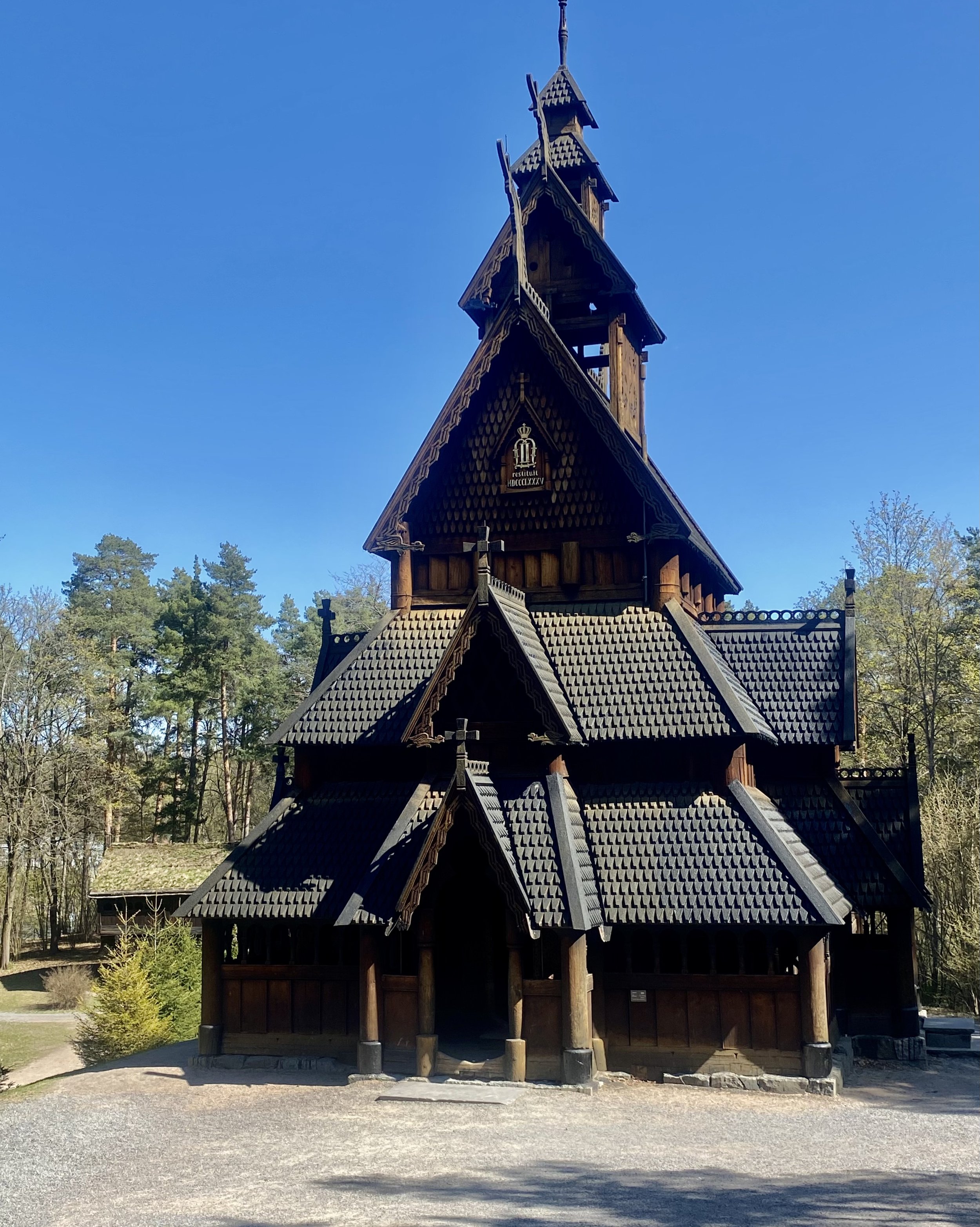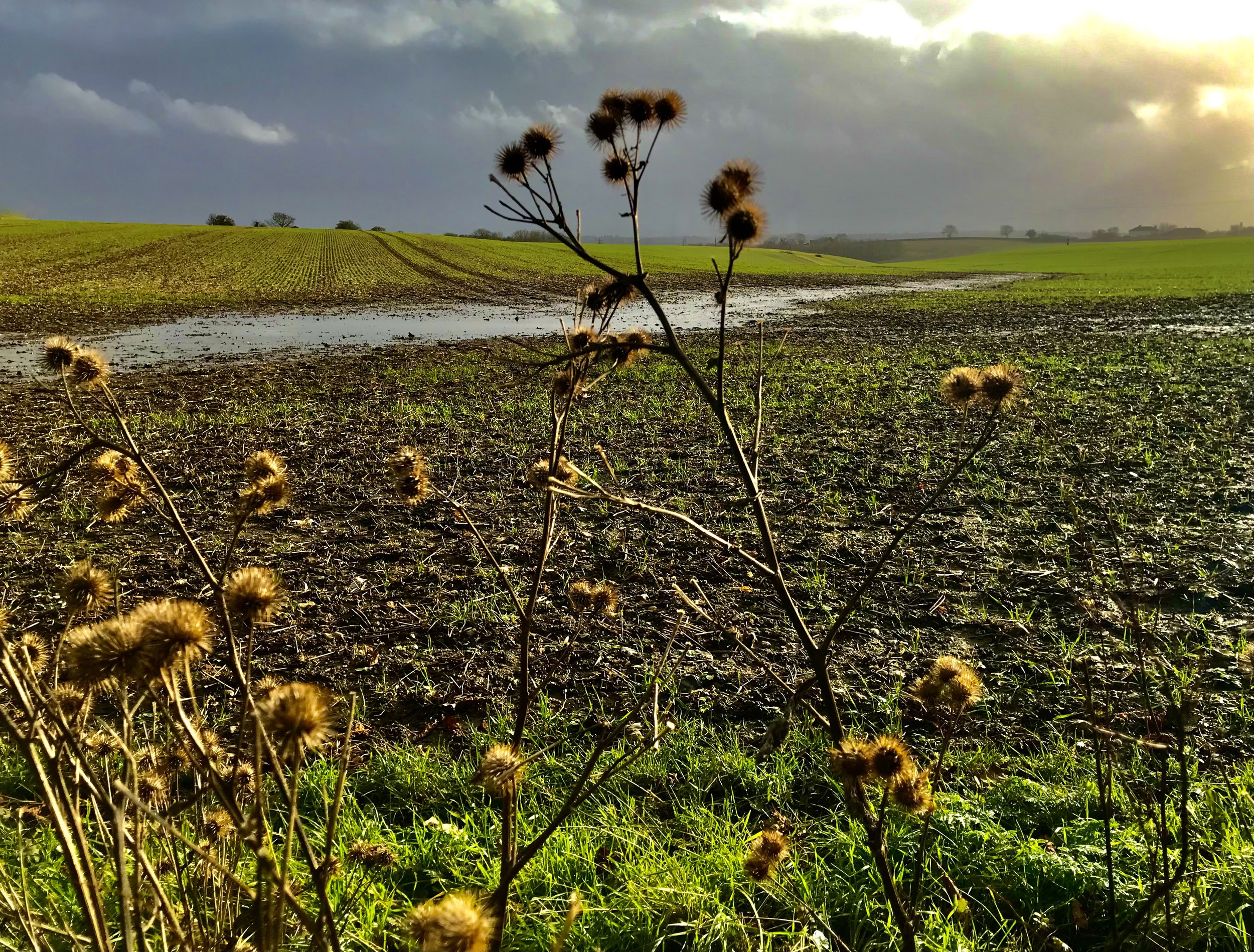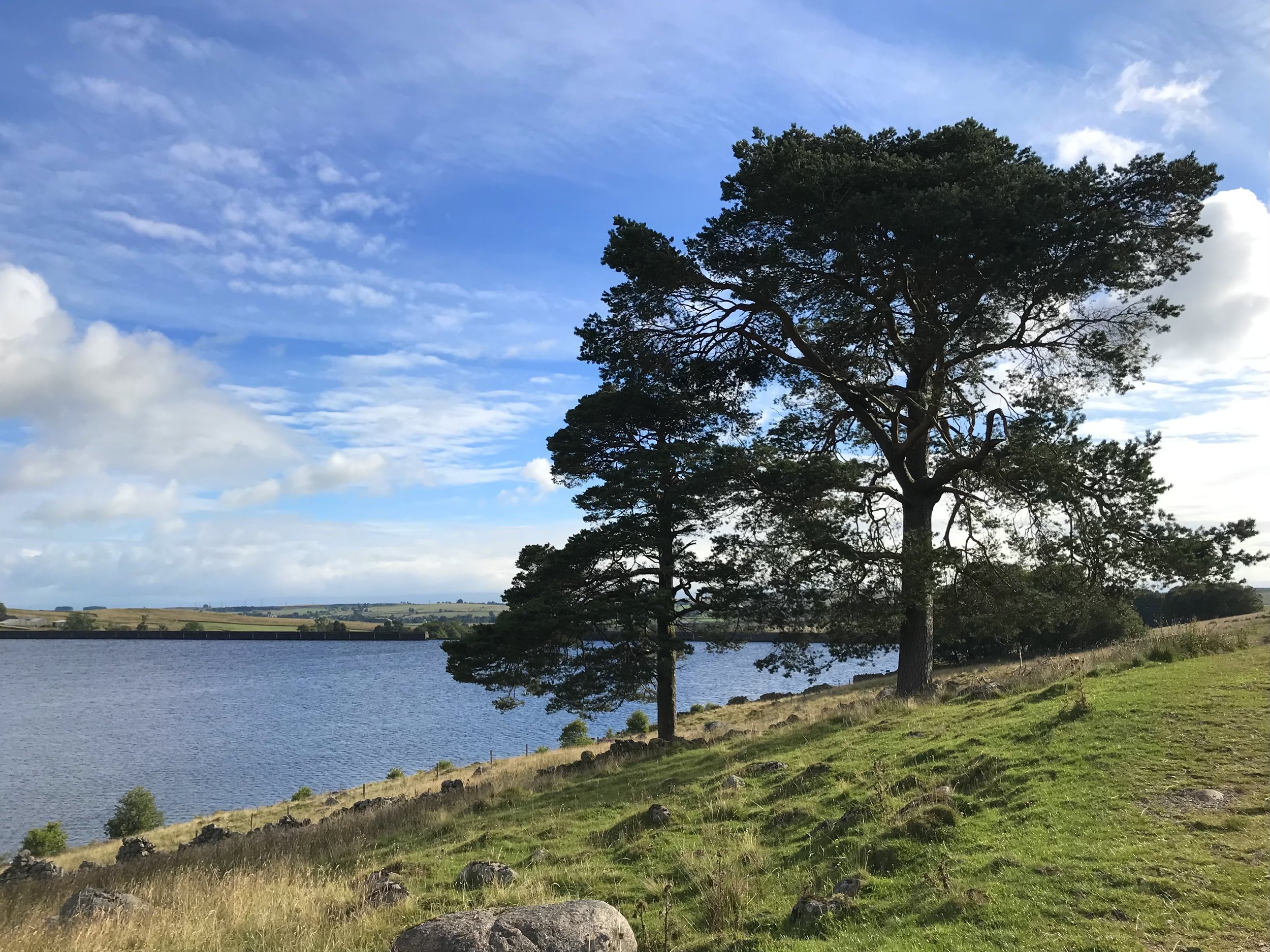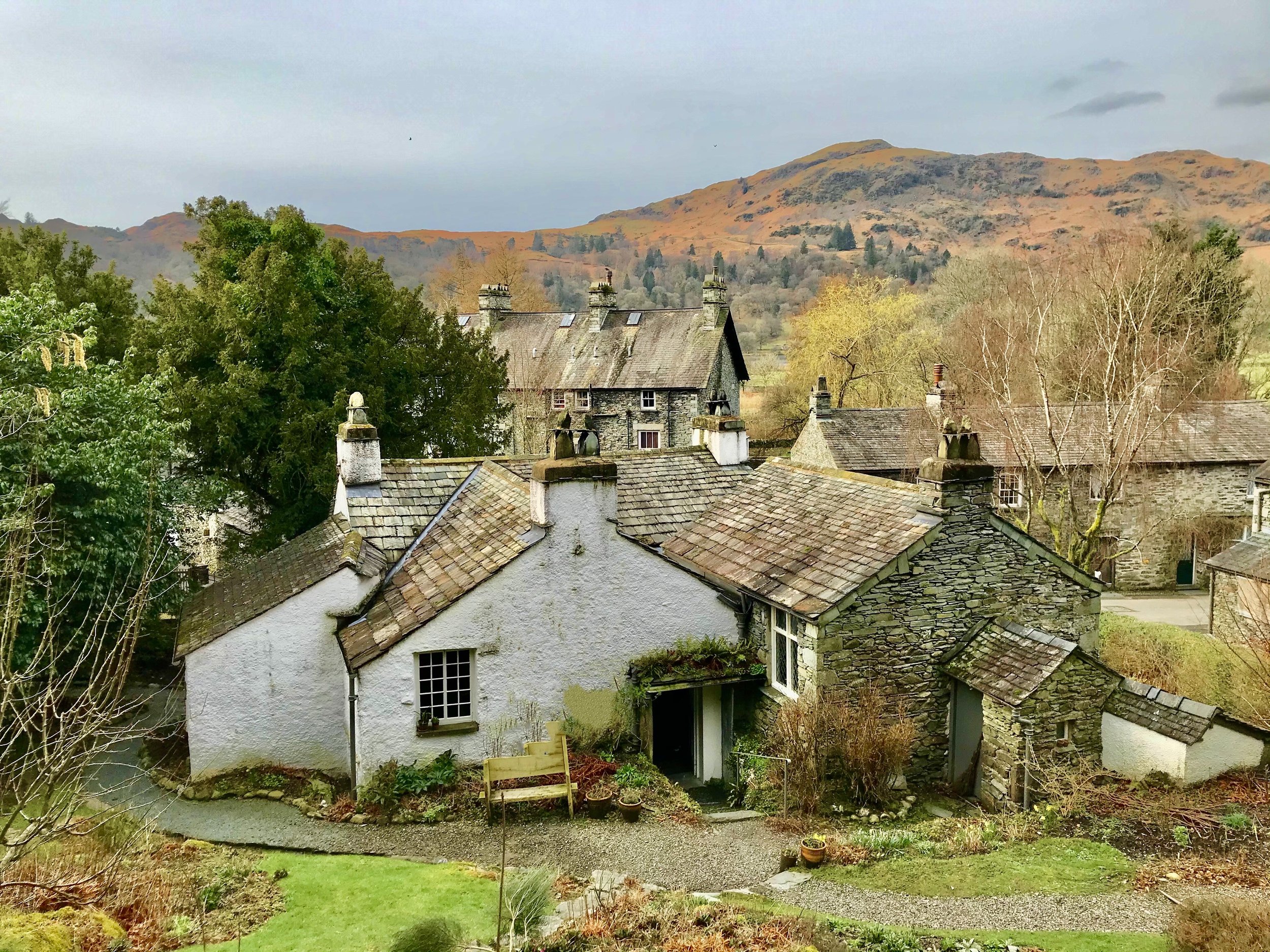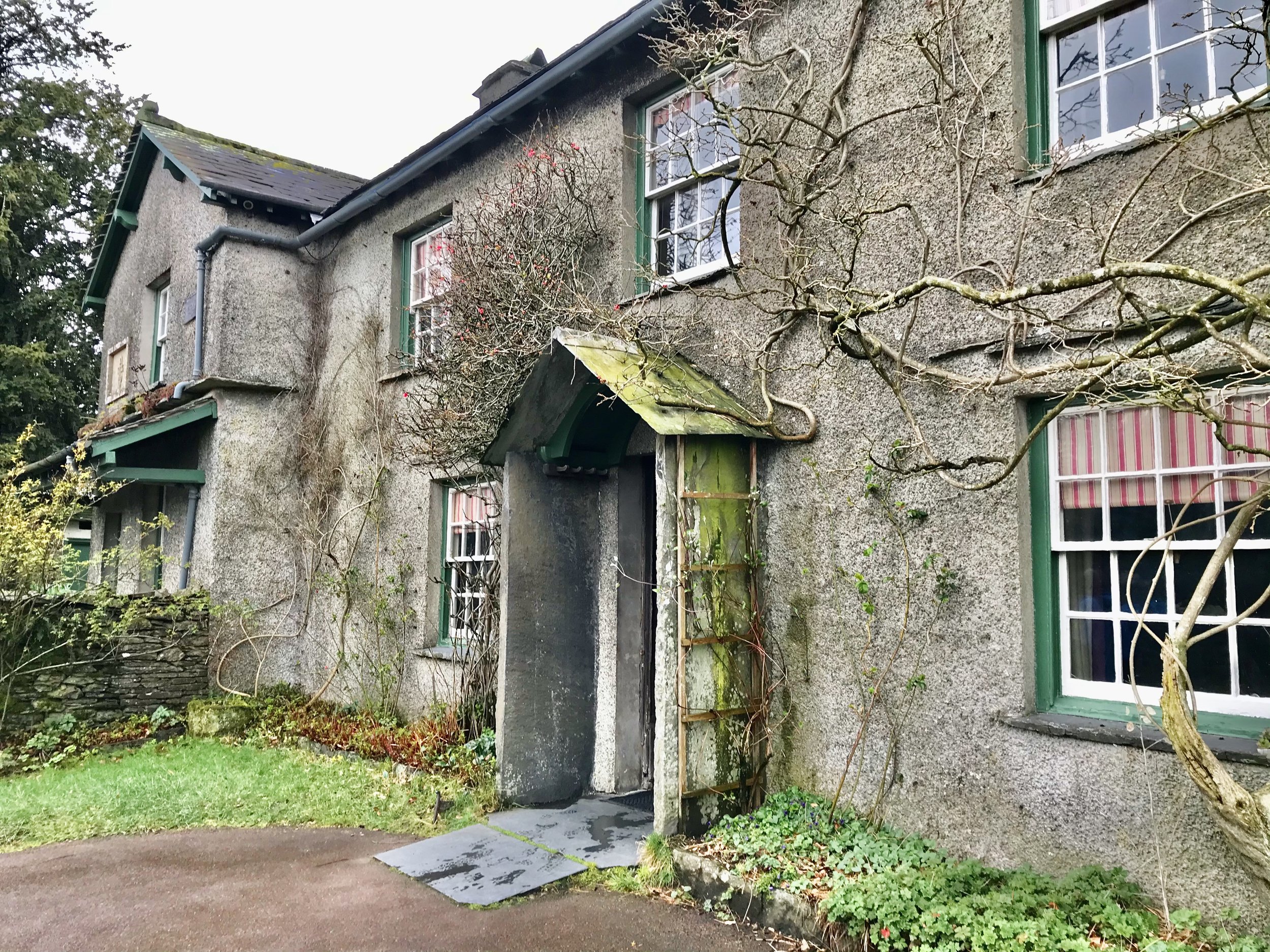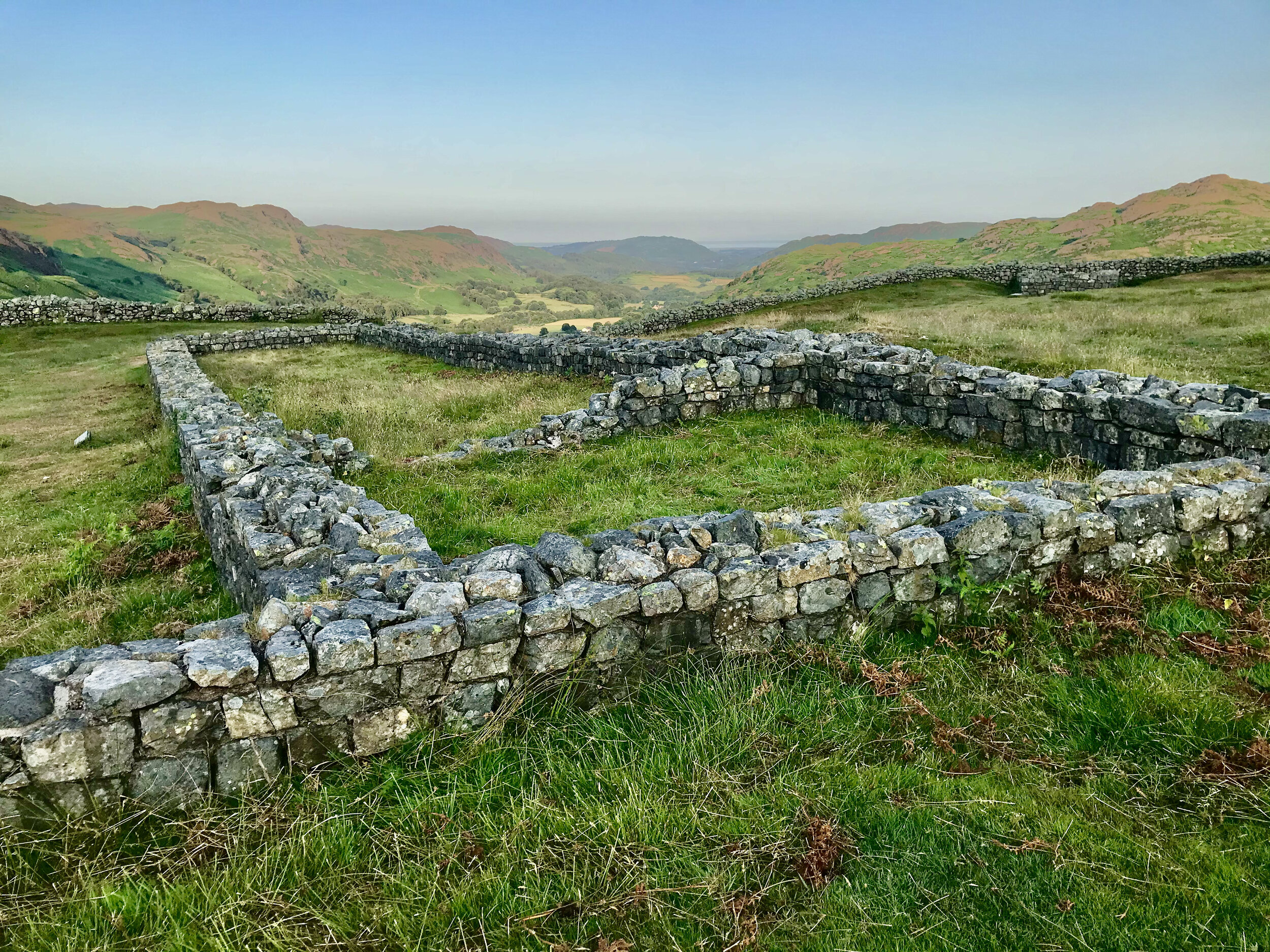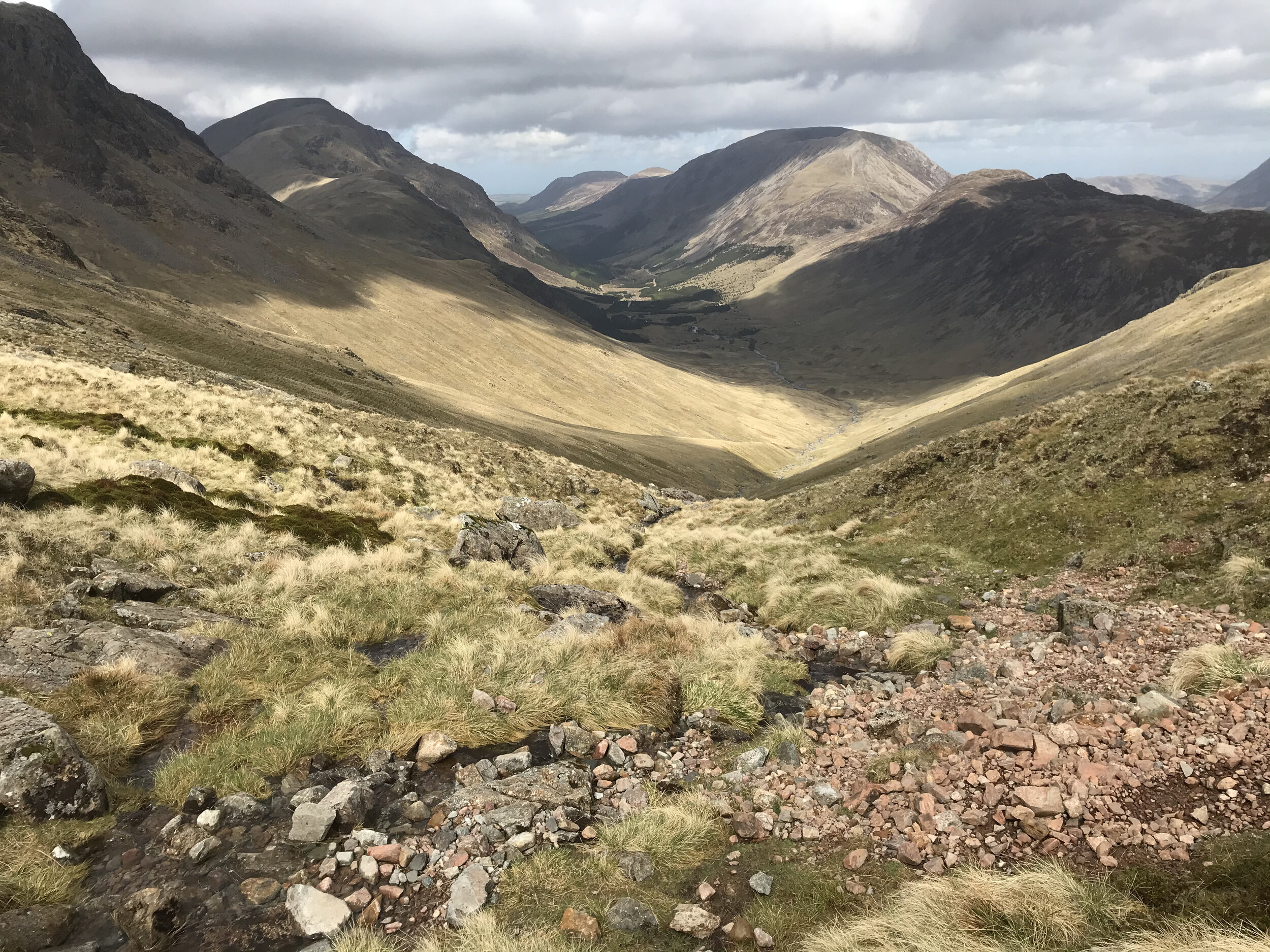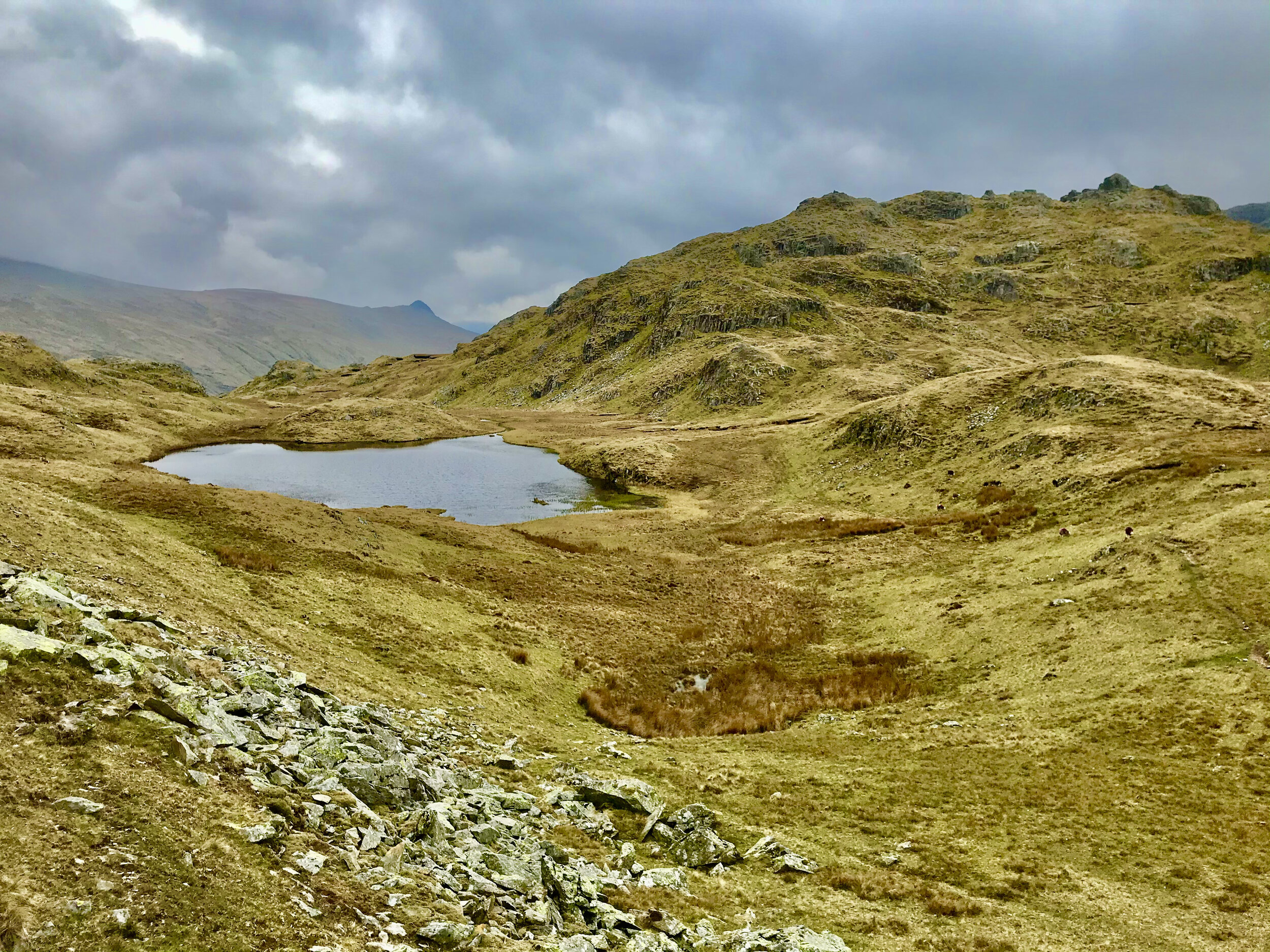A short break in Oslo
/In May we decided to take a short break to Oslo. I'd been to Norway before to the Fjords, but Bro had never been.
We stayed near the National Theatre which turned out to be a slightly quieter area than the more centrally located hotels, although there was a fair bit of revelry on Friday and Saturday nights as people enjoyed themselves. On our first day, we visited Bygdoy - an area of the city reached by water taxi and where there are a number of museums clustered quite closely together, so, you can visit as many as you wish without travelling too far between each one. We went first to the open air Norsk Folkemuseum with its 160 traditional buildings including a beautiful stave church which was the highlight for us. A quick bus ride (all included in our Oslo Pass) took us to the Fram Museum about 10 minutes away which we found absolutely fascinating and has been voted the Best Museum in Norway; certainly one of the best we’ve been to. Telling the history of polar exploration, The Fram was the ship in which Nansen explored the Arctic and Roald Amundsen took to the South Pole in the race to beat Captain Scott. We then crossed the road to the Kon-Tiki Museum which has Thor Heyerdahl's bamboo raft and details of his Ra and Kon-Tiki expeditions which was also fascinating. Finally, we explored the National Maritime Museum and saw wonderful Viking longships.
The next day we decided to have a walk in a proper Norwegian pine forest, as it's something we've always wanted to do and love them in this country. We took a metro train up to Nordmarka, the vast forest of the northern wilderness, where we found ourselves in thick snow! It wasn't cold, so we followed a path through the pine trees on compacted snow, surrounded by local cross country skiiers. It was stunning, with views down over the city and out across the Fjord. The afternoon was spent by the busy harbour and exploring the Akershus Fortress and grounds.
Our third day saw us up and out early to take a wonderfully smooth, quiet and relaxing two hour cruise round Oslofjord on an amazing electric boat. On calm, blue-green water we saw hundreds of tiny coloured summer houses dotting the shoreline, with lovely views back to the city. It was so peaceful and soothing that we almost fell asleep! On our return we walked all the way round to the Oslo Opera House and went up and onto its amazing (and quite steep) roof for wonderful views. After an hour or so, we followed the water line all the way round to the harbour again, visiting the Civic Hall with its Norse mythology carvings, then up to Royal Palace and wandering round the pretty parkland.
Our final morning was spent in the Vigeland Sculpture Park, home to the largest collection of sculptures in the world by a single artist (Gustav Vigeland). It was lovely and warm and quiet, with hardly anyone around that early, apart from a few commuters speeding along on their bikes.
Oslo is a beautiful fresh, light, bright, clean and ecofriendly city. Most of the cars, buses and boats are electric, scooters and bikes are the preferred mode of transport and everyone speaks flawless English. It is expensive, especially to eat and drink out, but you can find places away from the main drags where prices are more reasonable.
STAVE CHURCH
THE FRAM
WALKING IN NORWEGIAN PINE FORESTS
CRUISING OSLOFJORD
